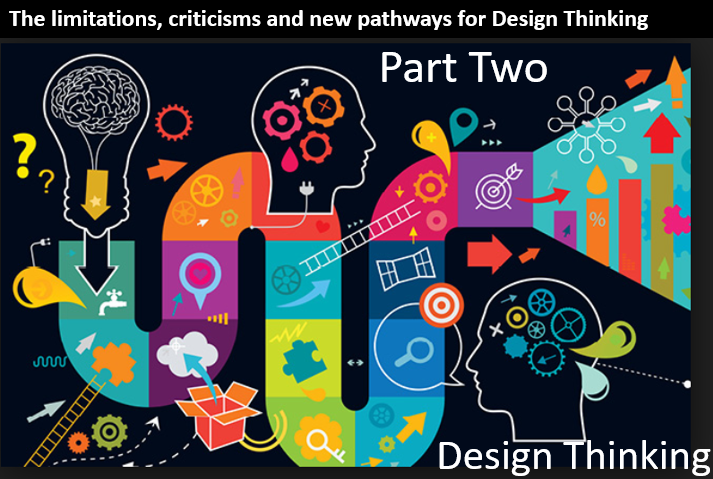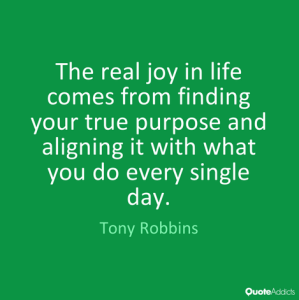 This is part two of my thoughts that came out of investigating and researching design thinking in the past couple of weeks. Part one is here
This is part two of my thoughts that came out of investigating and researching design thinking in the past couple of weeks. Part one is here
Within these two posts, I want to provide my thoughts, bridging the present and pointing towards a better design thinking future, one that in my opinion, is urgently needed.
These two posts are not intended as a mapping of the present DT landscape, they are reflective posts coming from what I researched.
The ‘product of my work’ itself is presently being worked through to be available as an e-book in the coming weeks. It has not been easy and often I found a level of confusion that kept forcing me to dig some more and I’m still not sure I have the answers, perhaps just lots of open questions. I think design thinking seems presently fairly messy and I feel is in need of a complete reset.
The intent of the e-book- direct link here ( design-thinking-improving-potential-innovation) is to offer a practical, direct takeaway of design thinking, more of the present practices and then where it is possibly heading. I tried to go linear, gone circular, gone holistic and at times ballistic and sought out tactical and strategic design, recognizing how its orientation has moved through product, service, experience, business model and is lifting design into new ways of orientation at tactical and strategic levels.
As I found out from my research, there is an awful amount of “noise” and “hype to work through to find the past, present and future positions of design thinking. In summary, I think design thinking is undergoing a revolution, a certain maturing but it is littered with a very messy, highly competitive present.




 Don’t let anyone tell you it is easy to run your own business, it is far from that. I thought I’d write about what and where it has meaning for me in this “finding our true purpose”.
Don’t let anyone tell you it is easy to run your own business, it is far from that. I thought I’d write about what and where it has meaning for me in this “finding our true purpose”.